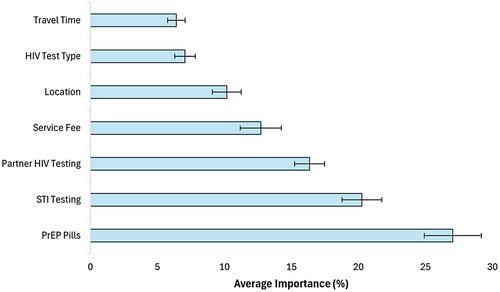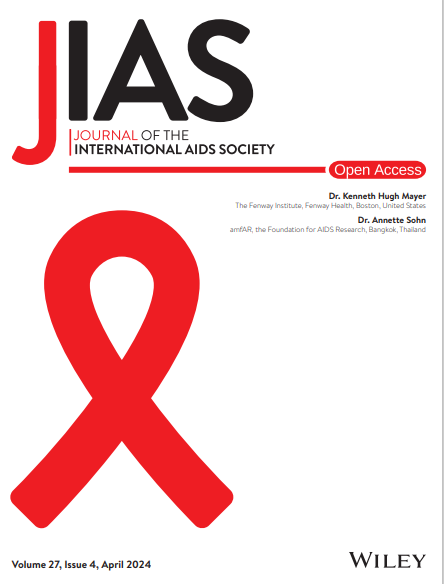Women's preferences for HIV prevention service delivery in pharmacies during pregnancy in Western Kenya: a discrete choice experiment
Abstract
Introduction
Pharmacy-delivered HIV prevention services might create more options for pregnant women to use HIV prevention tools earlier and more consistently during pregnancy. We quantified preferences for attributes of potential HIV prevention services among women of childbearing age in Western Kenya.
Methods
From June to November 2023, we administered a face-to-face discrete choice experiment survey to women aged 15–44 in Kenya's Homa Bay, Kisumu and Siaya counties. The survey evaluated preferences for HIV prevention services, described by seven attributes: service location, travel time, type of HIV test, sexually transmitted infection (STI) testing, partner HIV testing, pre-exposure prophylaxis (PrEP) and service fee. Participants answered a series of 12-choice questions. Each question asked them to select one of two service options or no services—an opt-out option. We used hierarchical Bayesian modelling levels to estimate each attribute level's coefficient and understand how attributes influenced service choice.
Results
Overall, 599 participants completed the survey, among whom the median age was 23 years (IQR: 18–27); 33% were married, 20% had a job and worked regularly, and 52% had been pregnant before. Participants, on average, strongly preferred having any HIV prevention service option over none (opt-out preference weight: −5.84 [95% CI: −5.97, −5.72]). The most important attributes were the availability of PrEP (relative importance 27.04% [95% CI: 25.98%, 28.11%]), followed by STI testing (relative importance 20.26% [95% CI: 19.52%, 21.01%]) and partner HIV testing (relative importance: 16.35% [95% CI: 15.79%, 16.90%]). While, on average, participants preferred obtaining services at the clinic more than pharmacies, women prioritized the availability of PrEP, STI testing and partner HIV testing more than the location or cost.
Conclusions
These findings suggest the importance of providing comprehensive HIV prevention services and ensuring PrEP, STI testing and partner HIV testing are available. If pharmacies can offer these services, women are likely to access those services at pharmacies even if they prefer clinics.


 求助内容:
求助内容: 应助结果提醒方式:
应助结果提醒方式:


